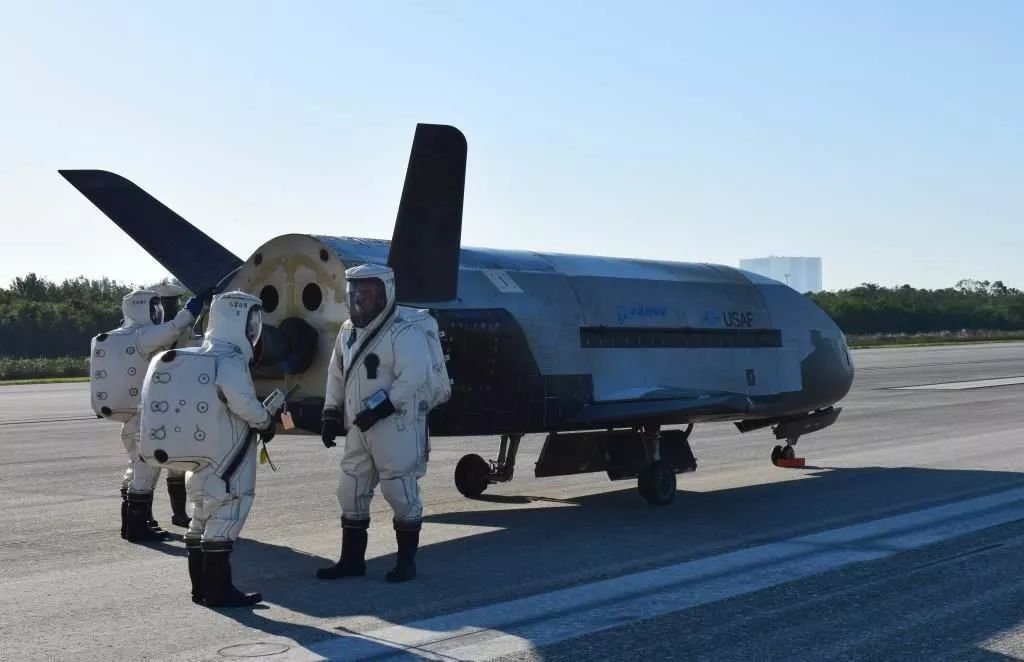
By Leah Crane,
Published by the New Scientist, 6 December 2023
The US Space Force is launching its mysterious X-37B space plane on 10 December atop a Falcon Heavy rocket for what will probably be its highest and longest flight yet
The US Space Force is preparing to launch its secretive X-37B space plane for the seventh time. What little information has been released suggests this will be the uncrewed space plane’s highest and longest flight yet.
Over the course of its first six missions, X-37B spent a total of 3774 days in space, with its last mission in orbit lasting the longest of the six at 908 days. For five of those flights, the plane was launched into space atop Atlas V rockets before continuing in orbit under its own power, and the sixth used one of SpaceX’s Falcon 9 rockets.
The upcoming flight, scheduled for 10 December, will launch atop a Falcon Heavy rocket, which is about three times as powerful as the Atlas V and Falcon 9. That, along with a Space Force statement that says that this mission will see the space plane “operating in new orbital regimes”, indicates that this may be the highest and longest flight of X-37B so far.
The exact orbital parameters of previous missions haven’t been disclosed by the US government. “Historically each X-37B mission has expanded the flight envelope of the vehicle,” says Laura McAndrews, a representative for the US Air Force. It is safe to expect this mission to do the same.
Each of the previous missions has remained in low Earth orbit, generally defined as less than 1000 kilometres above the surface, but Falcon Heavy is capable of carrying spacecraft far beyond that, to the farthest reaches of the solar system. The Air Force declined to give any specific information about the planned orbit of the mission, and SpaceX did not respond to a request for comment.
The mission is planned to carry several scientific experiments, both classified and unclassified. The less-secretive experiments include testing the effects of space radiation on various materials and seeds: “X-36B Mission 7 will… build upon previous NASA long-duration human spaceflight experiments to assess the impact of the space environment on plant seeds,” says McAndrews.
The experiments more shrouded in mystery include what the Space Force referred to in its statement as “experimenting with space domain awareness technologies”. Space domain awareness typically involves monitoring satellites and orbital craft to make sure they don’t crash into one another or Earth, but it isn’t clear exactly what technologies this mission will be testing.
See: Original Article





